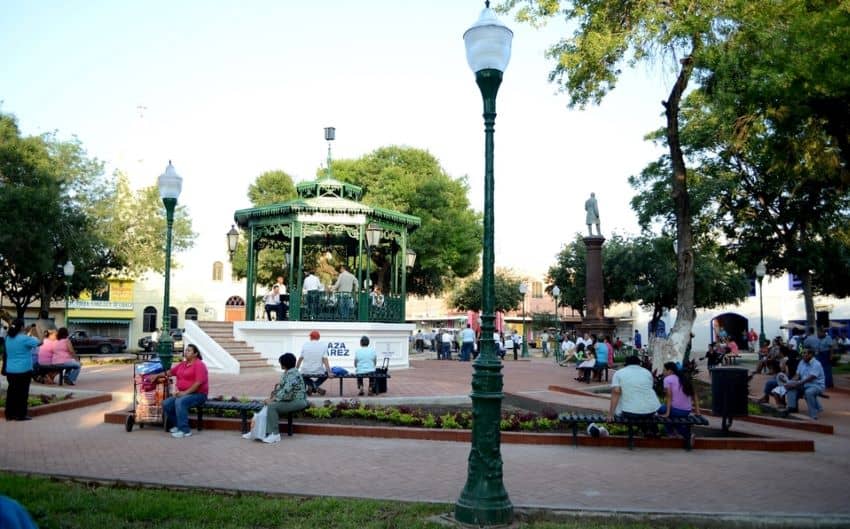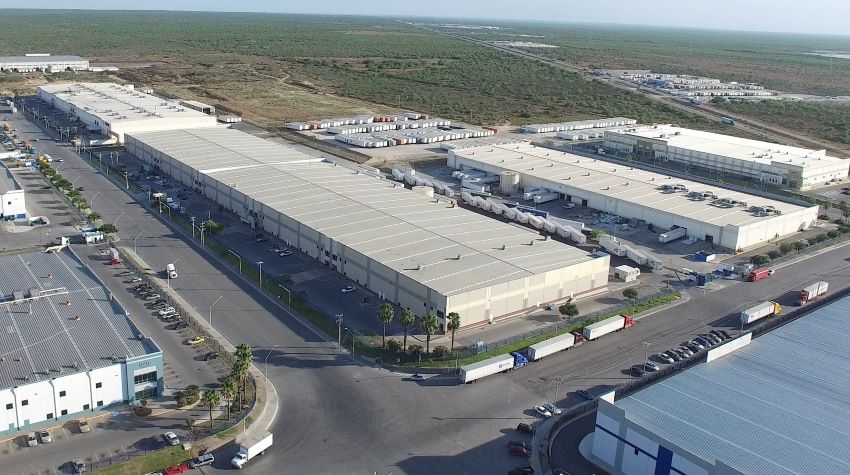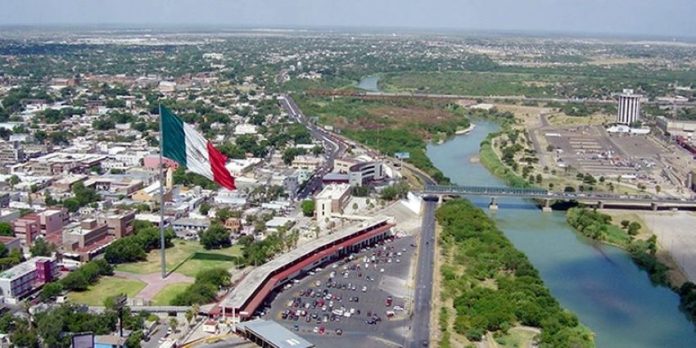I hadn’t done a border run in well over a decade. But problems with my bank (what the heck happened to customer service in the U.S.?) meant heading up to the nearest branch office.
That’s in Laredo, Texas, so I decided to take advantage of the trip to see how the area was. It is easier and cheaper to bus into Nuevo Laredo, then walk across the border.
My first indication that something was odd was while still in Mexico. Normally, there is a long line of both cars and pedestrians waiting to cross into the U.S., but I got across the bridge and through immigration in less than 15 minutes.
What I saw in Laredo was almost a ghost town. At least two-thirds of the businesses were closed, and most had been for quite some time. The two Laredos are intertwined, but social, political and economic changes do not affect the two in the same way. And changes do not always favor the north side of the river.
Most expats know the area of Laredo and Nuevo Laredo simply as the most convenient border crossing into most of Mexico. Few think about either town except for how to get by the border area quickly and safely. But the two places have an interesting, symbiotic relationship.

For various purposes, the two cities are considered an economic and geographical unit called the Laredo Borderplex. They are one of six transborder agglomerations like this along the Mexico–U.S. border. The two cities are separated by the Rio Grande and spanned by five international bridges for pedestrian, road and rail traffic.
Like many border conglomerates between the U.S. and Mexico, the Mexican side is larger and more populated. The main reason travelers going south into Mexico do not stop on the Mexican side of the border is the reputation for violence there.
It is deserved, although it rises and falls depending on economics and politics. At the beginning of 2020, even local authorities were telling people to avoid the city, but at the moment it is much better.
Nuevo Laredo, in the thin panhandle of the state of Tamaulipas, was founded by Mexicans who chose to leave Laredo when it was ceded to the United States after the Mexican-American War. So both cities have their roots in the founding of Villa de San Agustín de Laredo in 1755, when the region was called Nuevo Santander under Spanish colonial rule.
The region’s relationship with Mexico City was often rocky: Laredo even became the capital of the short-lived Republic of the Rio Grande in 1840, a rebellion against the rule of Antonio López de Santa Anna. Then, in 1846, during the Mexican-American War, the town was occupied by the Texas Rangers.
After the war ended, the Rio Grande became the international boundary between the U.S. and Mexico, and Laredo became part of the United States. Townspeople who wanted to remain Mexican moved over the Rio Grande to found Nuevo Laredo.

History is apparent in the layout and architecture of both cities. The layout of Nuevo Laredo is purely Mexican. There is a plaza and church that is still the historic center and identity of the city, despite its tremendous growth. You know that you are in the center because the street names are the same as every other city center in Mexico – Hidalgo, Matamoros, Juárez, Pino Suárez. The historic gringo influence is best seen in the older residential neighborhoods with houses that would look out of place anywhere else in Mexico and some that would be absolutely at home north of the border.
On the U.S. side, the old Mexican layout can be seen in the historic downtown, but neither the now-Jarvis Plaza nor the Catholic church serve as a means of identity. Far more prominent are brick buildings reminiscent of the Old West and the early 20th century in the United States. Most of the street names were changed to U.S. heroes of the 19th century.
The economies of both are as intertwined as their histories. Over 47% of exports from the U.S. into Mexico and over 36% of exports going north cross through the Laredo Borderplex. Therefore, much of the industry on either end revolves around commercial and industrial warehousing, import and export.
Another important part of both economies is cross-border shopping, with people from southern Texas and northern Mexico crossing to buy products that are either nonexistent in their countries or are substantially cheaper.
Nuevo Laredo’s downtown shopping focuses heavily on pharmaceuticals, eyeglasses, cigarettes and alcohol. Handcrafts are not big business here like at some border crossings like Nogales at the Sonora–Arizona border. In Laredo, the main shopping areas for Mexican crossers is the downtown, within walking distance of the border and the Mall del Norte.
When I came to Mexico almost two decades ago, border runs were more frequent for both practical and nonpractical reasons. Over time, my visits to the States have gotten fewer. Each time I do go, it feels like being in a movie — familiar but not quite real.
The economic desolation on the American side, with even the Mall del Norte’s future in doubt, is due to the extremely strong dollar for about a decade, now complicated further by the coronavirus.
And so after this border run, it was kind of a relief to be back in Mexico. Things in the downtown were quieter than I remembered them, but the masses of closed businesses were not to be found. Nuevo Laredo resident Ani Vargas says this is because there are still enough people coming south to keep businesses afloat despite the pandemic.
Whatever hesitance Americans may have about crossing during the pandemic, it is overcome by the buying power of their money — at least for now.
Leigh Thelmadatter arrived in Mexico 17 years ago and fell in love with the land and the culture. She publishes a blog called Creative Hands of Mexico and her first book, Mexican Cartonería: Paper, Paste and Fiesta, was published last year. Her culture blog appears weekly on Mexico News Daily.
